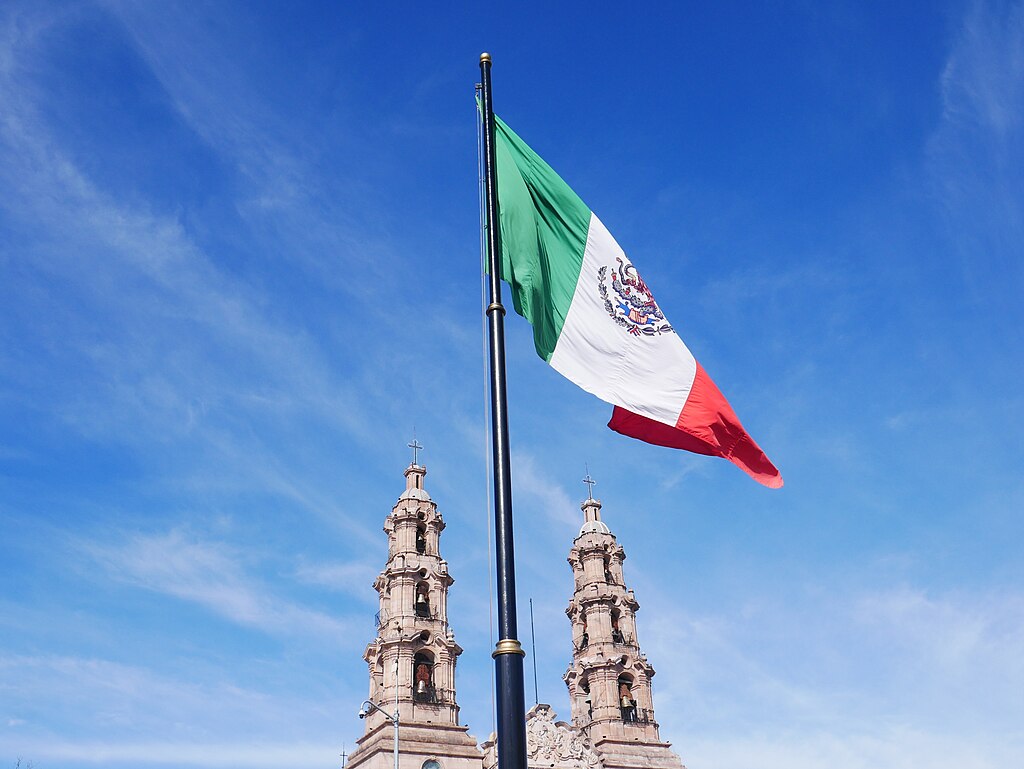California Fires Ignite Controversy and Debate
The deadly wildfires in California have sparked an intense political debate over disaster management, environmental regulations, and funding in the middle of growing devastation.
Published January 13, 2025 - 00:01am

Image recovered from washingtonexaminer.com
The wildfires engulfing California have not only intensified the catastrophic impact on the state but have also ignited a fierce political debate centered around disaster management, environmental policies, and financial accountability. With the chaos that has claimed at least 16 lives, the blame game has erupted among political leaders, adding complexity to an already dire situation.
Governor Gavin Newsom of California found himself at the center of criticism, particularly from President-elect Donald Trump, who attributed the escalation of the wildfires to the state's mismanagement of forest resources and water policies. Trump accused Newsom of prioritizing environmental conservation over practical needs, notably targeting measures to protect certain fish species as detrimental to water availability for firefighting. In response, Newsom dismissed Trump's remarks as misinformation and focused on providing support for impacted communities.
Compounding these issues is the substantial destruction left by the fires, with over 12,300 buildings damaged or destroyed across more than 155 square kilometers of land. The flames have displaced more than 200,000 residents, driven by wind-fueled firestorms sweeping through Los Angeles and surrounding areas. Newsom's administration announced an executive order suspending key environmental laws to expedite the rebuilding process for affected areas, citing the urgency to eliminate roadblocks in recovery efforts.
The infrastructure constraints in Los Angeles have further spotlighted the challenges in combating such large-scale disasters. Observations from city council members highlight the aging water supply systems, stretched thin by ballooning city growth without matched infrastructural upgrades. The Los Angeles Department of Water and Power confirmed incidents of depleted water reserves hindering firefighting capabilities. Moreover, past budget cuts to the Los Angeles Fire Department have stirred concerns over resource allocation to efficiently manage emergencies of this magnitude.
The response from the federal government has also entered the fray, with Senate Majority Whip John Barrasso signaling conditional aid tied to improved state management standards. Barrasso underscored what he described as California's gross mismanagement, expecting that federal funds, if allocated, would come stringently monitored to prompt better preparedness for future incidents.
Efforts on the ground continue to receive international cooperation, with Mexican and Canadian firefighters joining over 14,000 personnel already battling the flames. Despite these collaborative undertakings, as temperatures soar and weather forecasts predict more wind, the threat remains acute, leaving California vulnerable to additional devastation and losses.
Politically, Newsom's position as a perceived Democratic frontrunner for the 2028 presidential elections adds another layer of intrigue. His handling of the crisis and the emergent critiques from various quarters could sway his political trajectory and influence policy discourse. The unfolding narrative underscores the need for comprehensive strategies encompassing both environmental sustainability and urban resilience, capable of mitigating such catastrophic impacts in the future.
Meanwhile, the affected communities are left grappling with the immediate aftermath. The region is witnessing price gouging and fraud, prompting the Californian attorney general to promise severe actions against those exploiting the disaster. Authorities continue to grapple with safeguarding properties amid the ravaging fires, even as discussions over logistical improvements and policy adjustments remain in the political spotlight.
As the State grapples with this multifaceted crisis, the convergence of natural disaster management, political maneuvering, environmental considerations, and community resilience emerges starkly. Whether the cumulative approach will yield efficacious outcomes or exacerbate existing divides remains a pivotal storyline in California's ongoing struggle against wildfire devastation.







